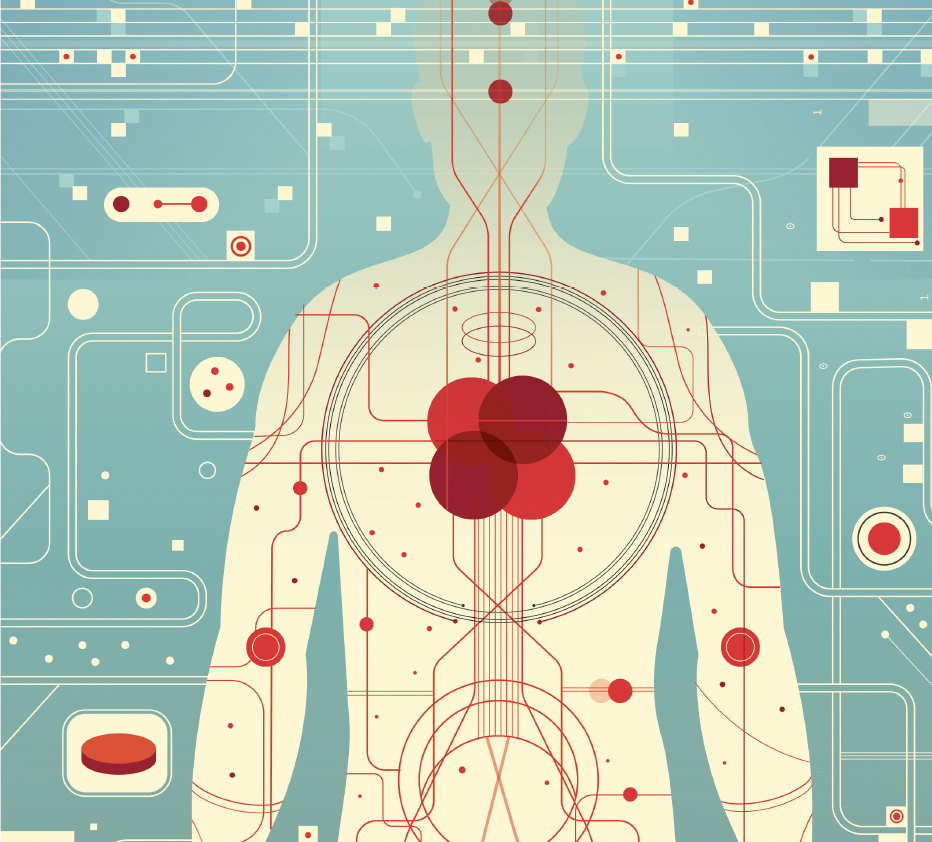
Precision EM: Parity in Emergency Medicine
Christopher Bennett, MD is helping to create an accurate picture of the need for change in schools and institutions to achieve parity for all groups.
Exploring the Need for Inclusion and Parity
Numbers tell a story and Christopher Bennett, MD is determined to share that story; in the past several years he and collaborators have published seven studies focused on parity and inclusion - or the lack thereof - in academic medicine and emergency medicine. Among their findings:
The proportion of emergency medicine residents who identify as Black did not increase significantly from 2007-2008 (4.84%) to 2017-2018 (4.43%).
Among medical specialties that demonstrated positive change, it could take decades for residents who identify as Black or Latino to reach parity -- the point at which their representation in medical training is equal to the overall representation in the U.S. population.
The proportion of U.S. medical school faculty who identify as Black or African American increased only minimally in the past 30 years, with just 5% of faculty identifying as Black in 14 specialties in 2020. No specialty had proportions comparable with U.S. population estimates.
Only 28% of clinically active U.S. emergency physicians are women and only 38.8% of academic emergency medicine faculty are women, despite comprising 50.8% of the current U.S. population.
"We are all very much aware that the physician population is not reflective of the general population, but we didn't know it was this bad," said Bennett, an assistant professor of emergency medicine. "Given the diversity and inclusion efforts at most medical schools during the years we studied, we hoped to see an increase in representation. But some specialties actually had negative change."
Underrepresentation is not limited to clinical faculty at U.S. medical schools but is also seen (and felt) among basic science faculty. Among medical college faculty, Bennett’s work noted only a marginal increase for Black or African American females; both genders who identify as Asian; and both genders who identify as Hispanic, Latino, Spanish Origin, or Multiple Race-Hispanic.
Bennett hopes that by recognizing the lack of progress, schools and institutions can implement more impactful changes to increase and accelerate parity. “It is critical that our physician population mirrors the diversity of the patient populations we serve,” he says.

